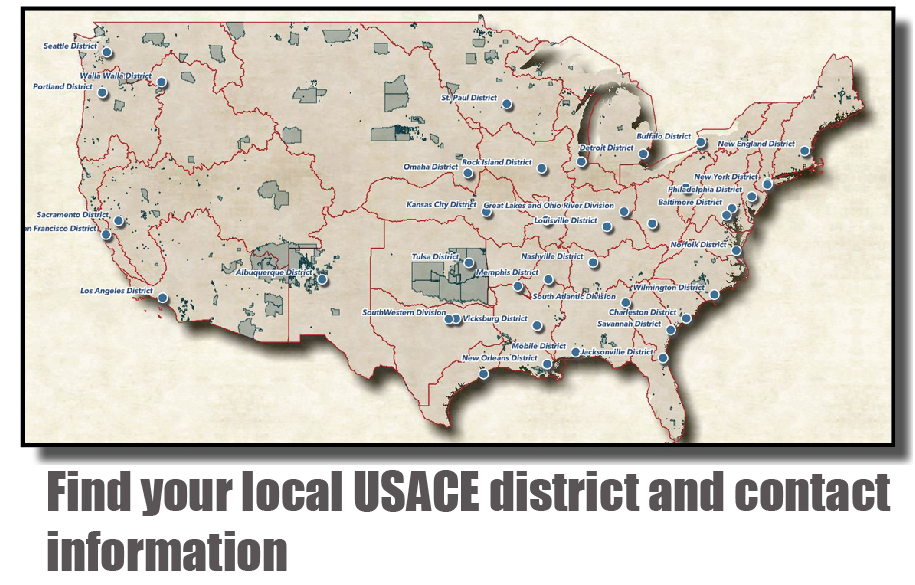U.S. Army Corps of Engineers (Corps) has a variety of authorities that allow the agency to partner with Tribal Nations. Projects can range from stream bank restoration to cultural resources surveys. Each of our authorities is unique in addressing services generally with a water resource nexus.
The Corps partners with many Tribes on water resources and related projects. Some of these partnerships have resulted in innovative collaborations on current issues and others address long-standing concerns.
Tribal Policy Principles:
- Sovereignty
- Trust Responsibility
- Government-to-Government and Nation-to-Nation Relations
- Consultation Elements
- Tribal Self-determination, self-reliance, and Capacity building
- Protection of Cultural and Natural Resources
Find the latest consultation policy here.
Find the policy directive on a comprehensive approach to co-management/co-stewardship of U.S. Army Corps of Engineers Civil Works-managed lands and facilities with Tribal Nations here, as well as a full report that examines these opportunities.